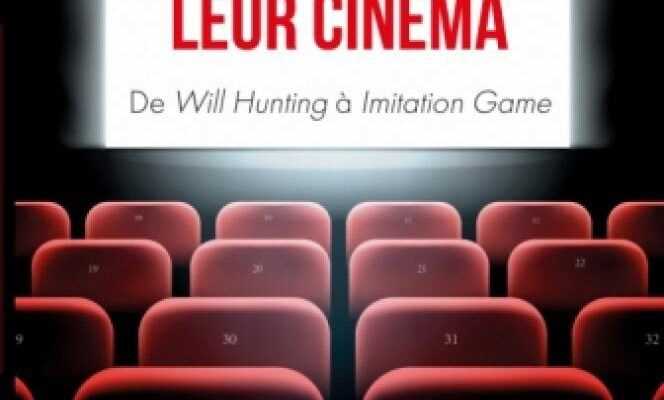The book. There are different categories of movies, series, or cartoons. Those who don’t talk about math and those who do! This rather harsh classification obviously eliminates many works, but the trained eye of the author, Jérôme Cottanceau, maths teacher, youtubeur (El Jj) and blogger (“Choux romanesco”), manages to distinguish four additional categories.
There are fictions which “cheat”, those which, despite their title, have nothing to do with math (Pentagon Papers, de Spielberg, 2018), or those which are 100% mathematical (only the animations taken from the book Flatland, written in 1884 by Edwin Abbott Abbott, meet this criterion).
Between the two, there are the works that feature math without making it the heart of the plot, then those that are the subject of this book: about fifteen films in which math represents an important or even main part. Of the history. They are all recent – the oldest dates back to 1997. Some have been highly regarded, such as Pi (Darren Aronofsky, 1998), or even broke through at the box office, as An exceptional man (Ron Howard, 2001), Will hunting (Gus Van Sant, 1997), Shadow Figures (Theodore Melfi, 2017), Imitation Game (Morten Tyldum, 2015). Others are undoubtedly less known, Nathan’s World (Morgan Matthews, 2015), Fermat’s Cell (Luis Piedrahita and Rodrigo Sopeña, 2007)… Obviously, in order not to lose the reader, a short summary of the story opens each of the chapters, which also refer to other films for which math is less essential (in particular the series The Simpsons or Numb3rs).
Contextualization and rigor
Like Roland Lehoucq exercising his physicist’s gaze on science fiction films, the author does not seek to award good or bad points to these works by tracking down errors, however numerous they may be. He also does not judge the many stereotypes that mar these films around these exceptional scientists.
Conversely, he uses these fictions to explain notions that pass too quickly on the screen, to contextualize an equation or a reasoning, or to solve puzzles whose solutions escape the viewer. Its selection clearly shows the diversity of this discipline. It is a question of numbers of course, but also of logic, geometry, probability, analysis …
The pedagogy is perfect and allows you to revise classics, the writers not always going to look very far for their ideas. Number pi, golden number, Fermat’s or Goldbach’s conjectures, Enigma coding machine, Fields medals… are recurring characters, so to speak, of all these films.
You have 19.42% of this article to read. The rest is for subscribers only.
